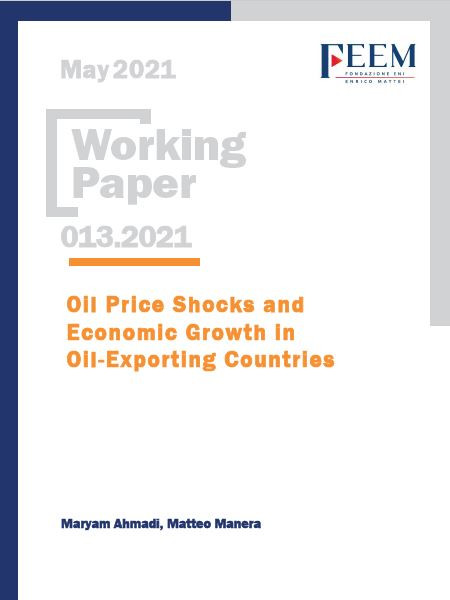Oil Price Shocks and Economic Growth in Oil-Exporting Countries

23.05.2021
Maryam Ahmadi (Fondazione Eni Enrico Mattei); Matteo Manera (University of Milan-Bicocca, Fondazione Eni Enrico Mattei)
C3, G11, Q41, Q43
Oil Market, Output Growth, Macroeconomic Policy, Threshold SVAR
The aim of this paper is to investigate how major net oil exporter economies react to oil price shocks. We contribute to the literature by considering, at the same time, the possible nonlinearity and asymmetry of this relationship with respect to sign, size and causes of the oil price shocks, as well as the state of the economy in which the shocks occur. We apply a Threshold Structural VAR approach, characterized by a separation of the observations into different regimes based on a threshold variable, to model time series non-linearities. We use the economic activity as the threshold variable, as it divides economic development in two regimes under which we expect the effects of oil price shocks to differ. First, We find that the effects of oil price shocks on oil exporting economies greatly depend on the underlying cause of the shocks as well as the state of the economy. Second, we find little evidence of asymmetric response of output to the sign of oil price shocks. Our main findings warn decision makers in the area of macroeconomic planning that, when making decisions based on the oil price, the underlying causes of its variations as well as the state of the economy in which the oil price shocks occur have to be considered.
***
Suggested citation: M. Ahmadi, M. Manera, (2021), ‘Oil Price Shocks and Economic Growth in Oil-Exporting Countries’, Nota di Lavoro 13.2021, Milano, Italy: Fondazione Eni Enrico Mattei
